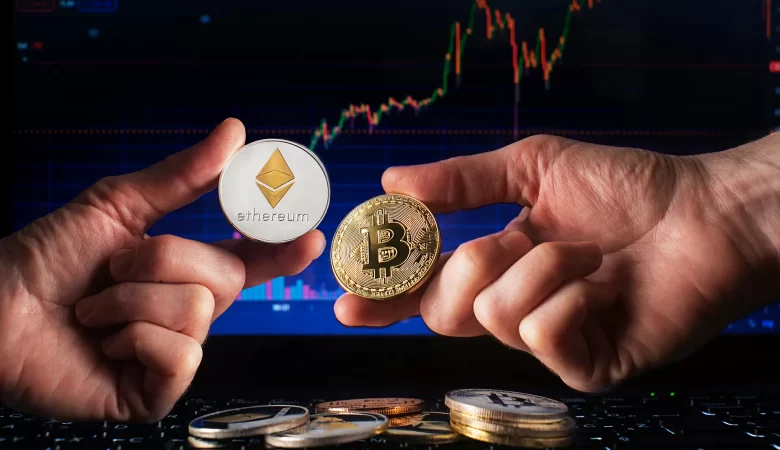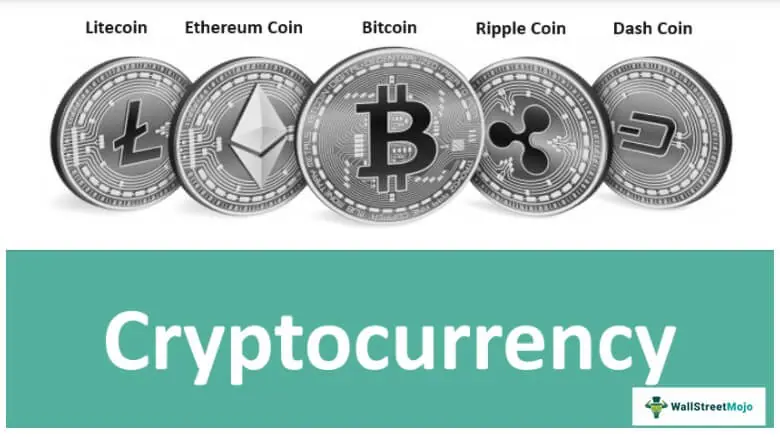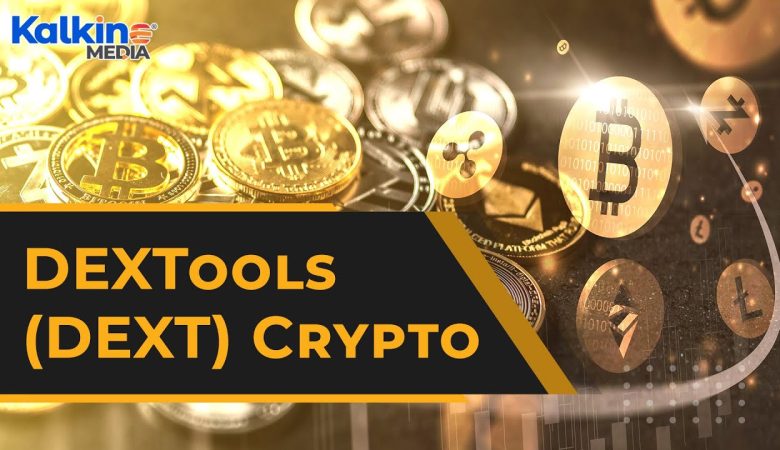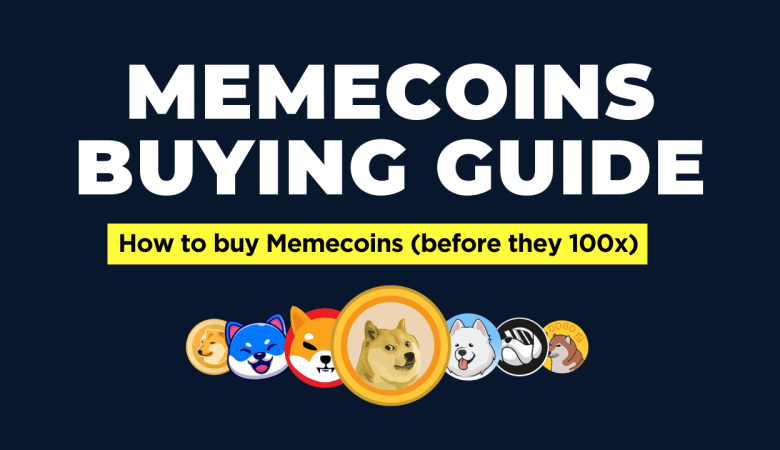The hype of artificial intelligence is gradually subsiding, the latest data from Google trends shows that AI was at the peak of popularity at the end of March, when the query “Artificial Intelligence” received 100 points.
Dynamics of AI popularity
Crypto AI lost momentum even earlier. Search queries “crypto ai” and “ai tokens crypto” were the most popular in late January and early February, two months ahead of the general trend. During this period, AI cryptocurrencies recorded local highs, which remain unattainable to this day.
The dynamics of the popularity of artificial intelligence cryptocurrencies
Since then, the AI token market has lost $730 million after reaching an astounding $4 billion capitalization. Leading AI crypto projects have suffered double-digit losses, with value dropping between 10% and 30% over the past month.
solid foundation
Despite the decline in interest in artificial intelligence among the general audience, companies see significant opportunities in AI technology and are trying to implement it in their services, production process, delivery, etc. In the last week alone, more than a dozen announcements related to the implementation of AI have appeared:
Google at the RSA-2023 conference announced the Cloud Security AI Workbench cybersecurity package, which is based on the extensive Sec-PaLM language model.
Runway has launched an AI video conversion app for iOS. In the near future, the company plans to supplement the application with a generative AI model Gen-2.

Hugging Face has released an alternative to ChatGPT, the open source chatbot HuggingChat.
Nvidia has unveiled the NeMo Guardrails tool to help developers ensure generative AI is accurate, relevant, and secure. The software works with many existing language models (LLMs).
Moderna has partnered with IBM to improve mRNA technology through AI and quantum computing.
MIT researchers have developed two generative AI models to create proteins with specific structural features.
Since companies are ready to invest in the development of artificial intelligence, and products based on them are in demand, crypto projects related to this technology can certainly count on their dividends. These expectations are not unfounded, because the blockchain can significantly improve AI and contribute to its development and expansion of the scope.
Which AI cryptocurrencies are worthy of attention
If we apply the “AI and big data” filter to the list of cryptocurrencies presented on Coinmarketcap, out of almost 24 thousand crypto projects, 168 will remain. Of these, approximately 20 are worthy of the attention of crypto investors. All others have dubious characteristics and prospects.
Render Token (RNDR)
The first AI cryptocurrency worthy of investor attention is Render Token (RNDR). The project, launched in 2017, has established itself as a reliable and popular network.
Already today, artificial intelligence easily generates an image, works with video, and processes graphics. To perform these tasks, he needs power, the need for which will only grow over time, and this is exactly what Render Token can provide him.
The native token of the network with the ticker RNDR has been trading since 2020, the initial price was about $0.04, now it has reached $2.4. Unlike most AI tokens, RNDR has not been adversely affected by the decline in interest in AI tokens and continues to reach new local highs. Since the beginning of the year, it has grown by about 500% and it has every chance to grow in value by another 100% (up to $4-5) by the end of the year. The long-term forecast (2025) assumes an increase of 1000% of the current value (~$25).
Fetch.ai (FET)
Another AI crypto project that deserves attention is Fetch.ai, a native token (FET). It provides the infrastructure for creating standalone services.
On April 27, major cryptocurrency derivatives exchange Bitget announced that it will spend $10 million to develop the Fetch.ai ecosystem. Bitget’s investment in the AI infrastructure provider has two main goals: to drive the project’s continued growth and expand the commercial partnerships the company already has.
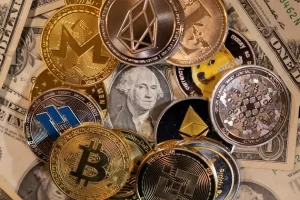
As a direct consequence of Bitget’s investment, Fetch.ai is predicted to see a greater level of growth. The network is in the process of increasing the size of its infrastructure to support autonomous services. With financial support, Bitget Fetch.ai has the opportunity to expand the scope of its commercial relationships and continue to develop innovative products.
Since the beginning of the year, the native token of the FET network has grown by almost 600%, and after the hype around artificial intelligence cryptocurrencies faded, it lost about 50%. The correction eliminated speculative transactions from the cost, which allows investing in the token at “fair” prices. However, now there are no patterns indicating the end of the downward correction. The key FET support is in the 30 cent area and the sellers are trying to overcome it on the second attempt. They will probably succeed.
Injective (INJ)
The injective protocol provides an underlying fully decentralized order book exchange infrastructure for accessing cross-chain spot and derivatives markets with zero gas fees.
Injective stands out well from other coins as it continues to grow.
Since the beginning of the year, the native token of the protocol has grown by more than 700% and is now at a slight distance from the current highs (~$10). The likelihood of further upward movement is high. The $10 mark serves as a resistance level, and the monthly chart shows profit taking after approaching it. From the first time it was not possible to take it, however, the corrective decline was not significant, given the size of the April candle.
The Graph (GRT)
Despite all the benefits and strong performance, the short-term outlook for GRT does not look bright at all. He was probably “outbid” during the AI hype.
On the monthly GRT chart, hints of a correction appeared back in February. First it was the long shadow of the February candle, then the high wave in March, and finally the shooting star in April.


